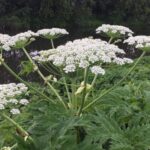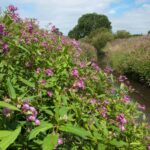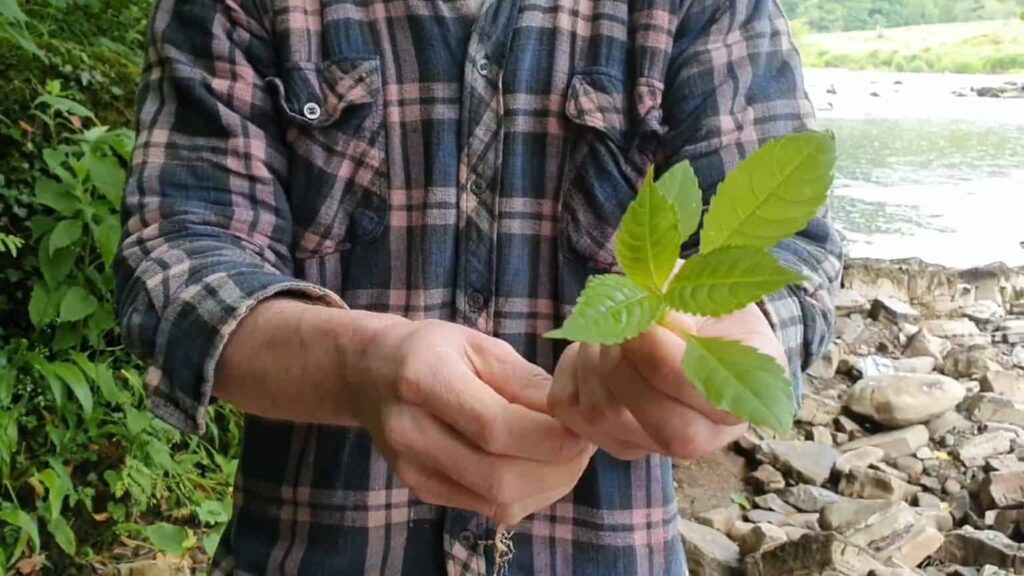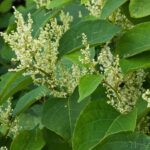Over the summer our Ribble Life Together home learning content featured lots of information about invasive species, and this year they’ve yet again proved to be a serious problem across the catchment.
Many of us have spent a lot more time than usual outside, discovering new places, and looking towards nature and the outdoors to provide stability, peace, and calm in the troubled times we’ve been facing. Here at Ribble Rivers Trust we hope that everyone can continue their new outdoor adventures into next year safely. That’s why we’re already in the process of planning how we’re going to tackle invasive species in spring and summer 2021.
Invasive species only step into the stoplight once they become visible, harming people, habitats, and wildlife; but by then it’s often too late to start properly tackling them! This autumn and winter we’re looking to raise awareness of invasive species, and our new INNS Free Ribble campaign.
Raising funds for invasive species control is really difficult and is the hardest activity to find funding support for, as such we are seeking funds from a range of sources, including the public. You can click here for more information about the project and how you can help to fund this work.
We’re hoping to raise £5,000 to help us to plan and tackle invasive species and raise awareness of staying safe around these plants.
What is an invasive species?
A species that has been brought into an area, either on purpose or by accident, that has then spread to other areas. These species threaten ecosystems, habitats, other species, the environment, and human health. They are the second biggest threat to biodiversity after habitat destruction and cause huge, and usually irreparable, damage to biodiversity around the world, including the UK.
The three main invasive species that we deal with at Ribble Rivers Trust are giant hogweed, Himalayan balsam, and Japanese knotweed. All of these species are found in the UK, but they are not native and have spread across the country, damaging habitats and harming wildlife and people in the process.


Japanese knotweed is our third problem invasive species. Again, this plant was brought from Japan to the UK in the 1800s and has continued to spread since then. This plant is very quick growing, and despite dying back to ground level in winter, it can easily reach over 3 meters tall in summer. By doing this is outcompetes other plants for sunlight, water, and food. The plant is so strong it can grow through concrete!



